|
Kind and Wicked Learning Environments in musical study.
The subject of kind and wicked learning environments is a complex subject. This blog deals with just a small application of the insights of researchers. Namely, the use of feedback to make correct decisions. For deeper details, there are links in the Psychology today blog to the research papers and scholarly books. Definition: In a “kind” learning environment we learn from experience. For example, in sports we get immediate feedback because the distance between cause and effect is immediate. Furthermore, with help from the coaches, teammates, and others we progress through the predictable steps to mastery. Musical proficiency is similar. But, in “wicked” learning environments there is, for many reasons, no predictable path to mastery. This blog will only discuss the “kind” learning environment and the role of feedback. Feedback is crucial to learning a musical instrument. The popular late 20c. axiom, “feedback is the breakfast of champions” incapsulates this idea. Creating feedback loops in your practice is key to progressing with fewer setbacks and false starts. While in lessons the teacher provides immediate feedback, at home we are left to our own devices. Here are a few strategies skilled music students use at home.
The links below go to science. Psychology today has a list of scientific papers and links. If I can help you on your journey, call me. David References: Experience: Kind vs. Wicked | Psychology Today How to give and receive feedback effectively - PMC (nih.gov)
0 Comments
I suggest you vary the tempi, dynamics, and articulations of the following warmup etude. These passages can also be transposed to other keys, both major and minor.
David Seven steps to learning a new piece of piano music.
If I can help you further, call me. David Coming up on March 4, 2023, I will be performing with the Toronto Concert Band as a pianist and percussionist. I practice every day in preparation for, and anticipation of, an exciting evening of music making. The piano part of Cait Nishimua's "Pukaskwa" is challenging. The piano part enters after a tricky rest. My confidence needs a boost. So, I've transcribed the melody that plays in the rest, which, I hope, will make my entrance stronger. I'll let you know how it turns out. Listening (5 minutes) Listen to professional recordings of the piece(s) you will be practicing today and then play your "party piece" or your "goto" piece.
Warm-up (10 minutes) Play your assigned scales, arpeggios, and technical exercises. Multiple repetitions are recommended. Repertoire (20 minutes) Play your piece(s) focusing on sound quality, phrasing, dynamics, and rhythm. I suggest working on small chunks Later, when you are close to the exam, you should run your program, without stopping, to build endurance. Sightreading (5 minutes) Theory (10 minutes) Ear Training (5 minutes) Review the requirements of the grade. Conclusion (5 minutes) Review an old favorite If I can help you, call me. David Piano Practice Guide What should I practice to learn piano? Here are some suggestions to help you learn piano:
Once again good specific advice. David What should a Royal Conservatory of Music piano student practice each week? Please answer in rhyming couplets.A Royal Conservatory student, practicing piano,
Should aim for consistency, not just a one-time show. First, warm up those fingers with scales and arpeggios, Then move on to pieces, to let the music flow. Technical studies like Hanon or Czerny, Can help to build dexterity and avoid any injury. Sight-reading and ear training, don't forget to include, These skills are crucial and can't be misconstrued. Challenging repertoire, should be in the mix, To push your abilities, and you're playing to fix. Lastly, review and refine, what you've learned so far, Take your time, be patient, it will take you far. So Royal Conservatory piano student, keep in mind, Practice regularly, and you'll see yourself shine. I may lose my mind. David Here is one profile of a successful student who thrives on boundaries, discipline, and competition.
Mei diligently practices the following activities:
If I can help your Mei; please give me a call. David I recently attended the Louisville Jazz Workshop at the University of Louisville in Louisville in Kentucky. The legendary bassist Rufus Reid gave a stunning solo recital. His playing was exciting, imaginative, dynamic, and colourful. Later that day he shared his practice tips with the audience of jazz students. He stressed that no matter how long our practice session might be students need to include the following:
• Technique. Practice the basics and get on top of your instrument. Make sure you can keep the beat, the count, and the groove. • Style. Practice producing a “good sound”. Play your instrument in "a nice way". Be creative with your approach. • Repertoire. Learn the jazz standards by heart. Listen to the jazz canon, and then play along with these recordings. • Patience. He stressed being reasonable with yourself by not pushing past your actual ability. It takes time to learn to play both your instrument and the jazz idiom well. Thank you to Frank for the note outline. Piano students often ask me, “what should I focus on in my practice sessions?” Here is my reply.
Pieces, etudes, theory, sightreading, ear training, history, technique, ensemble skills
Why do we practice slow to go fast? We all play like we practice. If we practice carefully, thoughtfully, and methodically our odds of playing expressively, confidently, and at a steady tempo go up significantly. Let's consider one aspect of this: Slow practice. 1. Slow allows us to consider our motions at the piano. 2. Slow allows us to play steadier while learning. Remember playing quickly and stumbling about may make our stumbling get embedded in our playing. 3. Speeding up bit by bit, as our skills increase, the scales, chords, arpeggios, etudes, and pieces is a good strategy. 4. To play fast eventually we will have to practice fast. It is good practice to have our musical moves together before sprinting through the music. David revised August 2022 Sight-reading tips
Short story As a teenager I had poor practicing habits. I had no focus or commitment to any task except sightreading which I found fun and easy. I loved spending hours reading from my mother's piano books. Therefore, it is no coincidence that I've spent the last 45 years making a living as a sight-reader. First as a professional pianist and later as a teacher and drummer. Eventually though, I did get my practice habits straightened out and got down to business. David Revised August 2022 This is what Rick is working on.
Rick’s memorized list of tunes with study links.
Steps to soloing fluency.
Revised August 2022 Playing the piano is much easier when the scales and chords have become automatic in our hands. Below is the fingering chart for all 3 note chords like C major and G minor. Another name for a 3-note chord is a "triad". I've cropped this image from a student's notes. If I can help you, call me. David Some days and weeks are going to be difficult. Life will get in the way. Here are some suggestions I gave one adult beginner to help relieve his practice room blues.
If I can help you, call me. David Revised August 2022 One of my adult students was asking tonight for some help planning his practice time. He is preparing for his Grade 8 piano exam. He is an engineer, a spreadsheet kind of guy. I'm sympathetic. Here is what we discussed. Warmup with sight reading. Use a metronome! Get into the zone. Now start practicing Technique with a 2-minute timer. Switch activities every 2 minutes = 15 minutes
Practice one short section to perfection =15 minutes Theory =10 minutes Ear Training = 10 minutes Review completed piece or pieces 10 minutes BOOM! one hour of accomplishment This may work for you. David Revised August 2022
In the 1921 teaching manual “Principles of Pianoforte Practice” by James Friskin, he asserts that most students “simply do not hear all the sounds they produce”. I concur. I'm sure Friskin would be amazed at the ease with which a student can now record their practicing for self-evaluation.
Now the hard part, learning to love how we sound. I'll be honest, in the early days it will take a certain amount of fortitude. But push on in faith. You will be the first to hear the improvement and progress as you accumulate and listen to hundreds, even thousands of practice recordings. (In 13 years of playing drums I’ve 248 Gigs of mp3 recordings. It’s both humbling and gratifying to hear how one sounded a decade earlier, or even last year.) If I can help you learn to practice effectively, call me. David Revised August 2022 I found it extremely helpful over the holidays to practice with a video camera recording my progress or lack thereof. I played for 5 minutes and watched for 5 minutes. The camera was positioned so that the keyboard of the xylophone was visible. I was able to see and hear what was working and what was not and then adjust my next repetition accordingly. Video helped me to close the gap between how I thought I sounded and how I actually sounded. If I can help you, call me. David Revised August 2022 The above is the final take in ten takes over 20 minutes.
Jamey Aebersold gave an illuminating demonstration this past summer on the importance of being able to skillfully play your instrument. He assembled students in the auditorium at University of Louisville. He then plucked one “lucky contestant/musician/newbie” to join him on stage. (The repeat campers knew what was coming and sat the back of the room). Jamey would then hand them a microphone and instruct them to sing/scat/hauler a jazz solo along with the jazz chords he would randomly play on the piano. Guess what? Everyone could scat. Some sang very well, others just so-so. But the consensus amongst the “singers” was that they could scat better than they could play. Hmmm. “So, the problem wasn’t in your head”, he said, “it’s in your hands”. He continued, “now go home, take lessons, practice like crazy and the jazz will be easier. You can hear the music; you just can’t execute.” (My paraphrasing) Jamey's second reveal, a thin repertoire is symptomatic of larger issues. One morning he asks the musicians, “How many of you can play 50 jazz standards from memory?” I enthusiastically raised my hand. Looking around the 250+ room there were very few hands joining me. "How many can play 25, 10, any?" (The overwhelming answer was zero.) Jamie’s 1st conclusion, it’s hard to play freely when your head is in a book. Jamie’s 2nd conclusion, trust yourselves to play without a book/sheet/app in front of you by starting with simple tunes like:
I can help you get started playing by ear. Please call me, David Revised September 2022 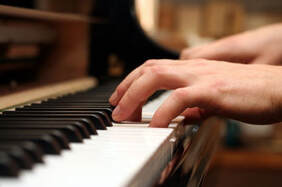 I. Dust off your instrument. 2. Watch some YouTube concerts featuring pianists playing the music you love. 3. Find your metronome. 4. Read some inspiration material about folks like yourself who have succeeded. 5. Start noodling on the piano. Review some old favorites. Explore some new music. Dream. 6. Plan practice time in your schedule to succeed. The happiest students know what they want, why they want it. They've made time for it, and stuck with it. Come join us. David. Tension is the enemy of speed. At some point you will have to practice fast to play fast. Will it be pretty? No. But it will get better. Try this. After mastering the piece at a slow tempo, isolate a single phrase or section and start speeding it up, pausing between repetitions to catch your breath. I've demonstrated this in the video below. The faster I played the D major scale, the lighter my touch became because tension is the enemy of speed. As Jamey Aebersold pleaded one day to his jazz campers. "Don't practice everything slow!" David revised October 2022 Planning an interpretation
This helps the student have a clear metal representation of what to consider and then how to execute this "vision" prior to "practicing" the piece. Call me. David Revised October 2022 This is the book by Anders Ericsson for the layperson on the science of "deliberate practice". This video is a teaser.
So many piano students are seeking the "secret". The secret that sends them to the front of the line. This secret is called "musicianship". This secret is made up of four principal areas: technique, theory, history, and aural skills. Here are four ideas or reasons to work in these areas. 1. Practice piano technique with a metronome as this will get your internal musical clock in order. 2. Master theory/rudiments/harmony that is appropriate to your level. Learning how music is constructed helps you to memorize and understand what you are playing. 3. Read music history. Knowing the breadth of repertoire and the historical context of your style of music allows you to play with more insight. Classical students study classical history, jazz students jazz history, etc. 4. And finally work on your ear training or aural skills. The ability to visualize the sound of music in your head before you play it is often overlooked by music students. David Below is a video of the Duke Ellington student staple, Satin doll. The video is cued for the B section or middle 8. Listen to the trombone "lick" played when the chord progression lands on F. Figure is out. It is in the key of F, starts on A. Now check out the video I've made on what to do with this lick. This is an example of aural skills in action. revised May 2023 This late elementary piece has been a hit since the day it was written. Lively and energetic, it is a thrilling piece for students to master. But there are those annoying last four measures which have devilled generations of aspirants.
Consider the following eight points.
David Revised October 2022 “Until it’s comfortable” Benny Greb Practice tip #1
How many times do I need to repeat a passage? “Until it’s comfortable” Benny Greb, expert practicer Most students practice until they get it. Professionals practice until it’s comfortable. I buy that. Practice tip #2 Why is proper fingering so important? “Under pressure, a performance, one does not want to train the brain with ineffective or multiple choices of fingering in difficult passages. Under stress the brain will have to decide. It might pick the poor fingering pattern and BOOM! a mistake happens.” So, when learning, take extra care to follow the fingering in the early stages of learning. Don’t give yourself an unnecessary handicap of poor fingering options. David Bach - The Complete Sonatas and Partitas for Solo Violin by Arthur Grumiaux Mozart: Fantasia in D minor Classical students 1. Phrasing: Notice how the performer tapers each 2-note slur 2. Chords: Notice how the performer "strums" the chord from the bottom to top note 3. Dynamics: When the music goes up in pitch so does the intensity and vice versa. This is a common effect in classical music performance. Furthermore, phrases which rise often start softer before the crescendo. 4. Bach uses chromatic approach notes into chord tones measure three. Mozart uses these types of figures as well in the 10th measure of his Fantasia in D minor ten. Have fun. David Revised June 2023 Bach - The Complete Sonatas and Partitas for Solo Violin by Arthur Grumiaux |
You've got to learn your instrument. Then, you practice, practice, practice. And then, when you finally get up there on the bandstand, forget all that and just wail. AuthorI'm a professional pianist and music educator in West Toronto Ontario. I'm also a devoted percussionist and drum teacher. Categories
All
|
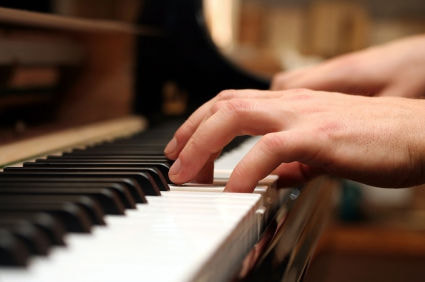
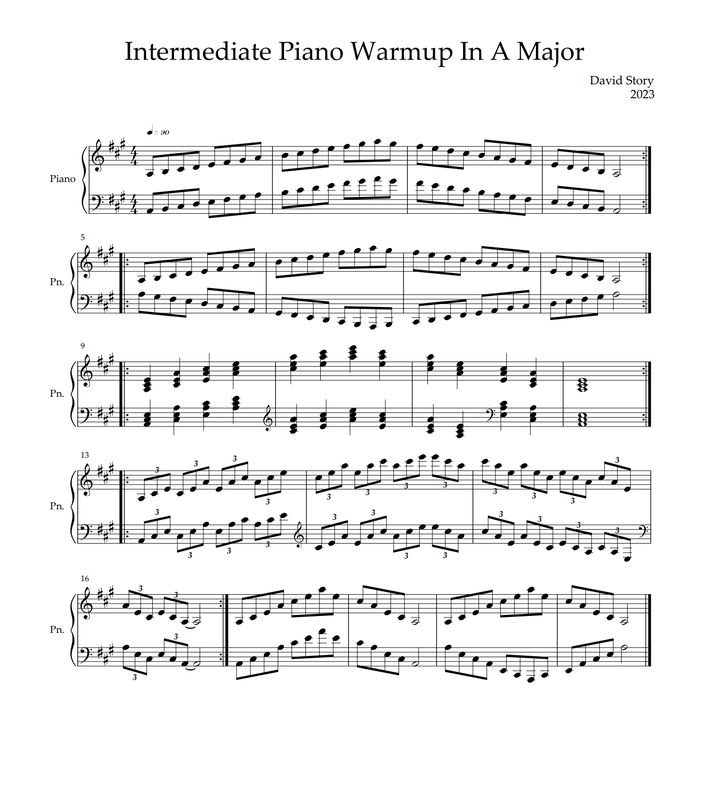
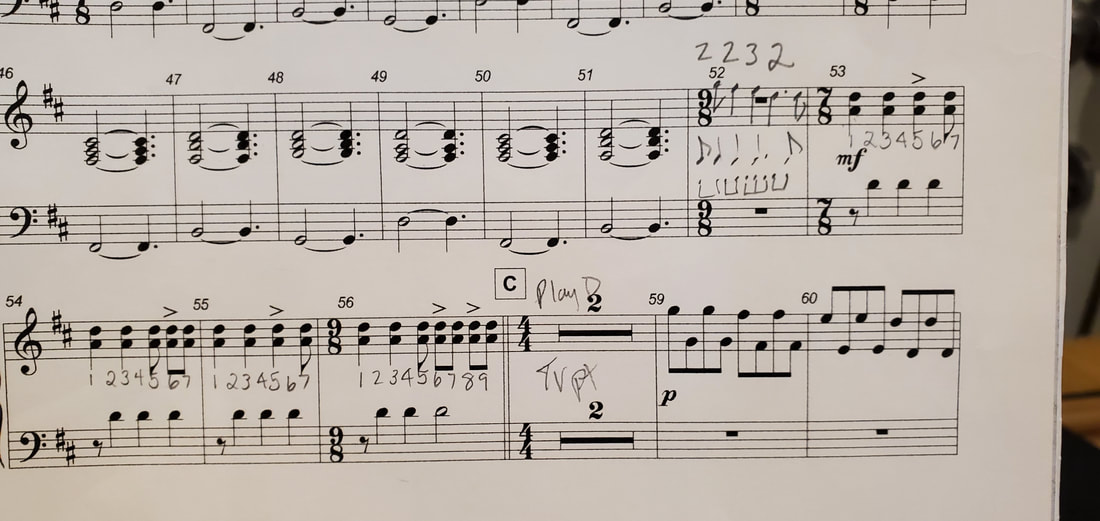
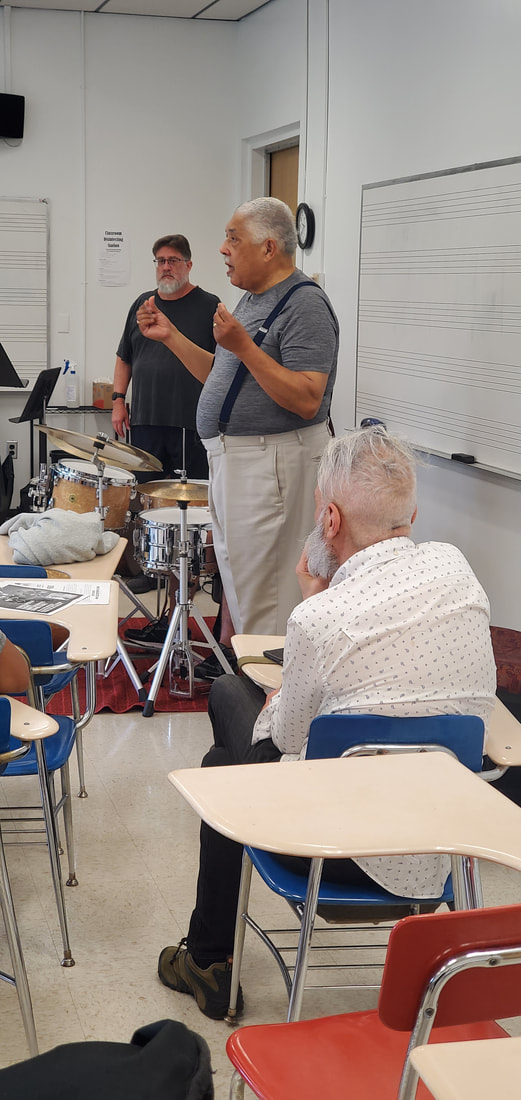
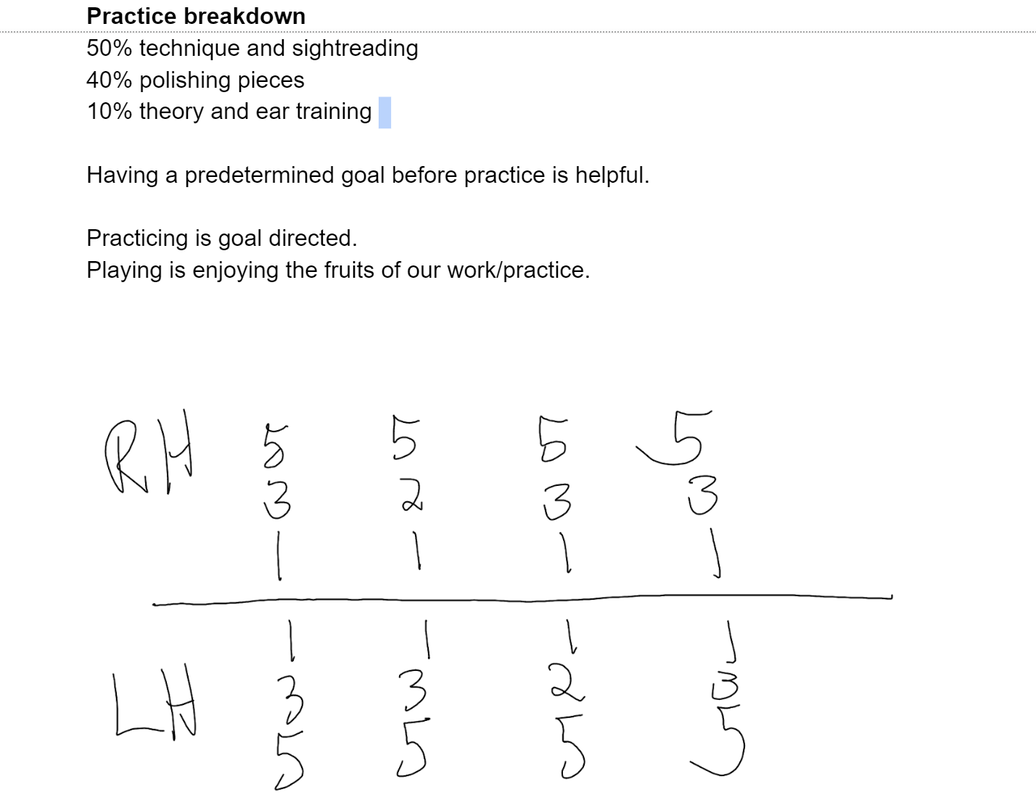
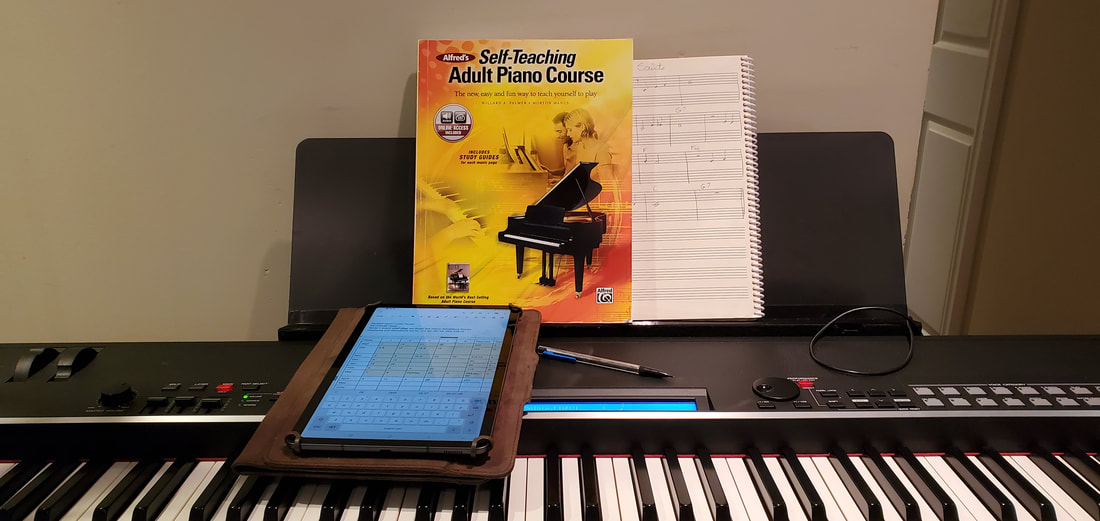
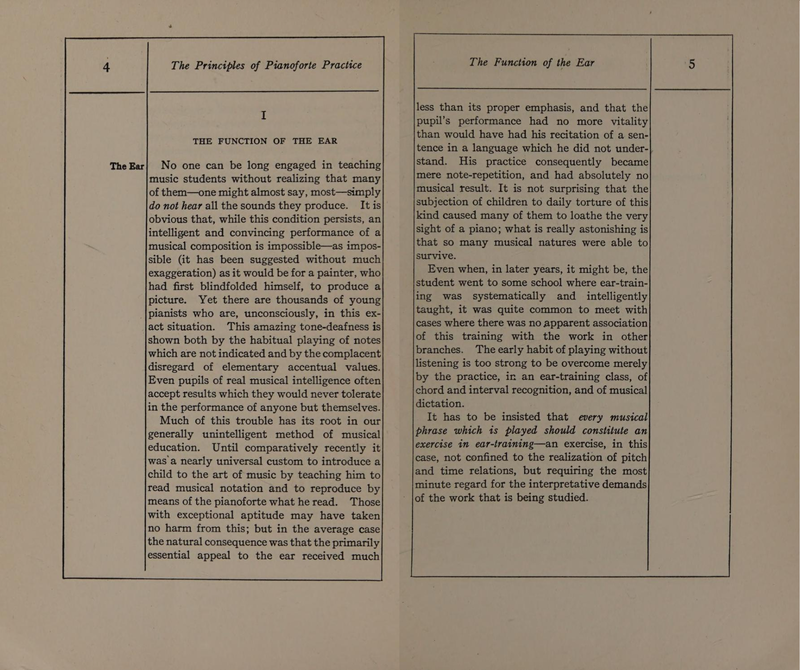
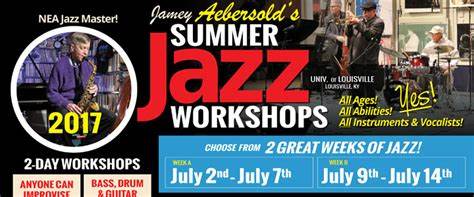
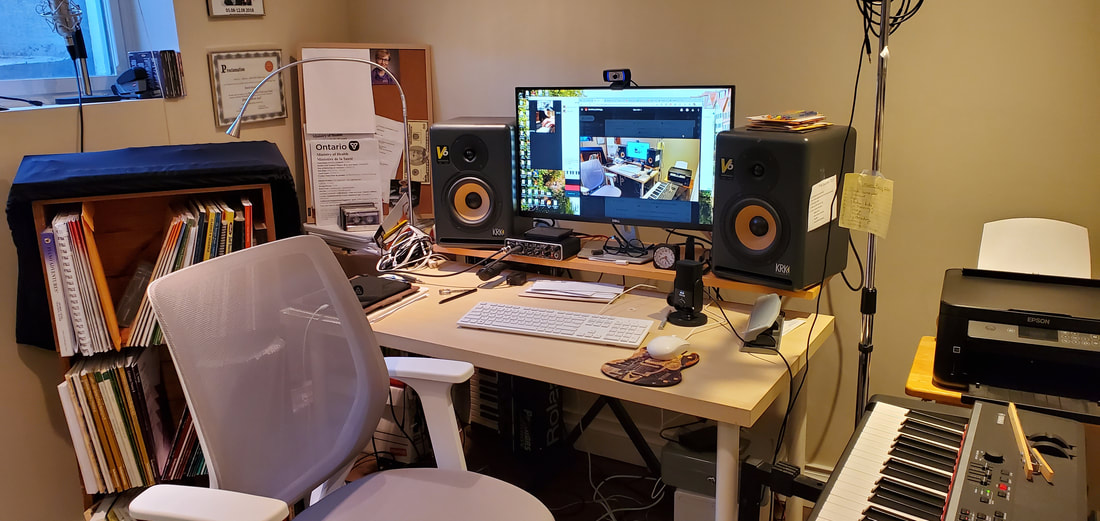
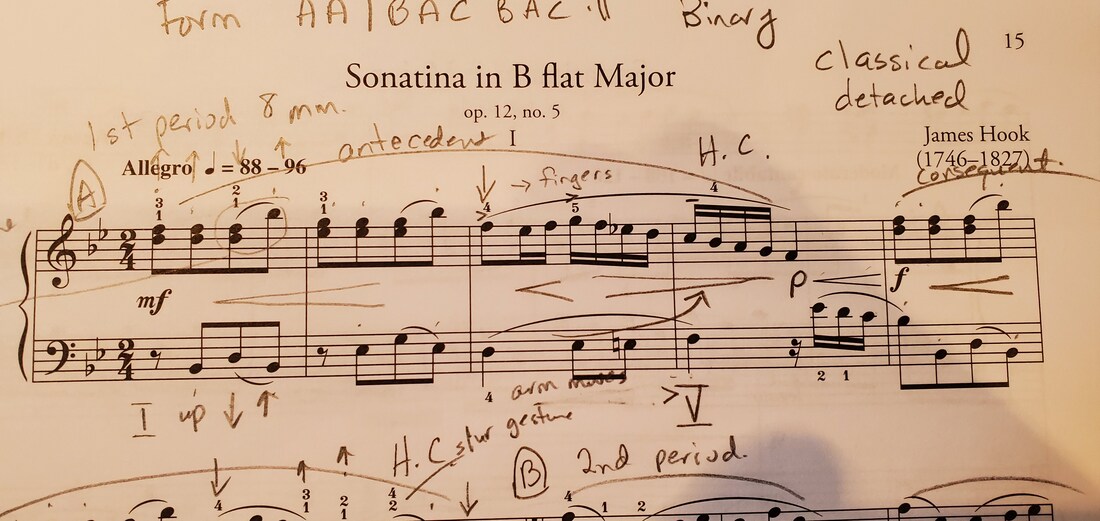
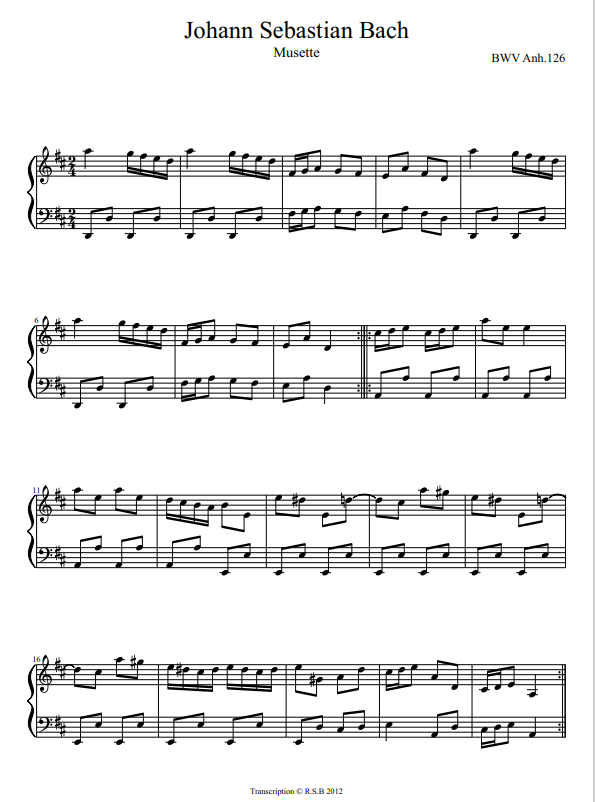
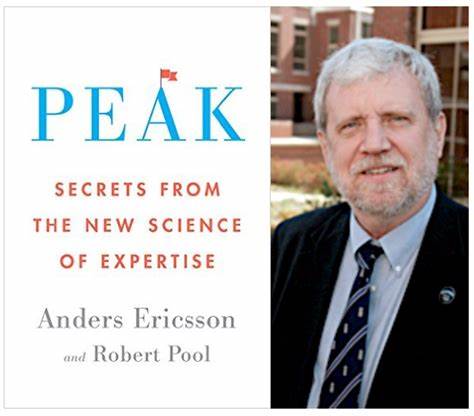
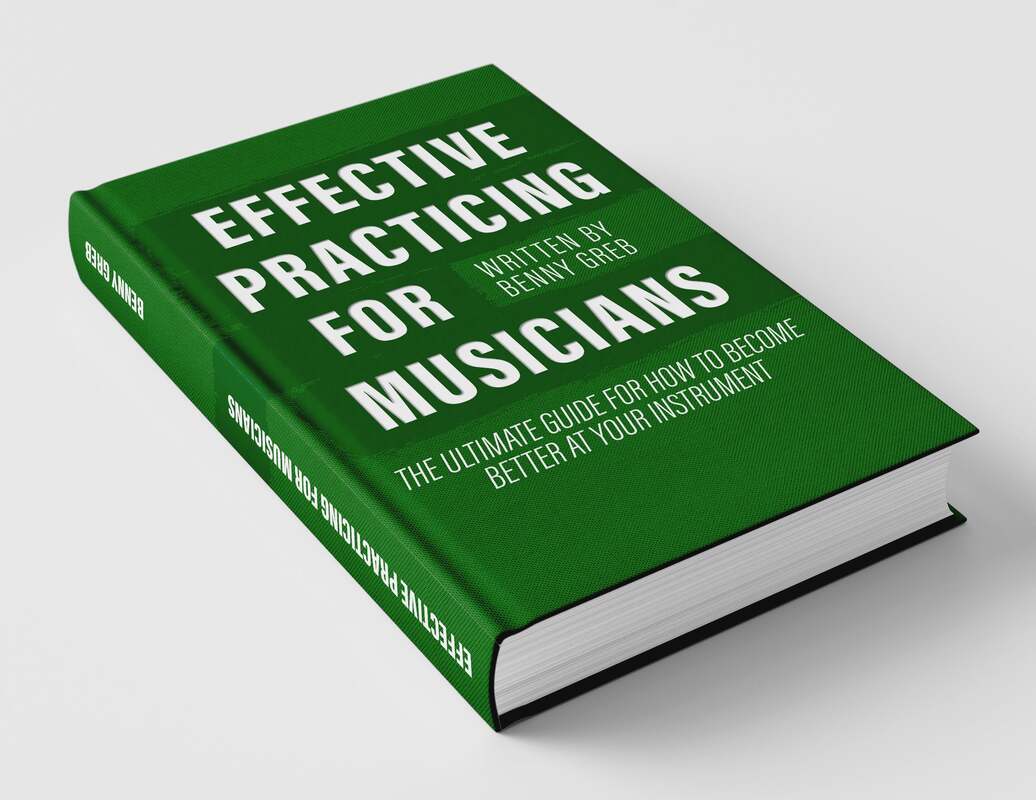
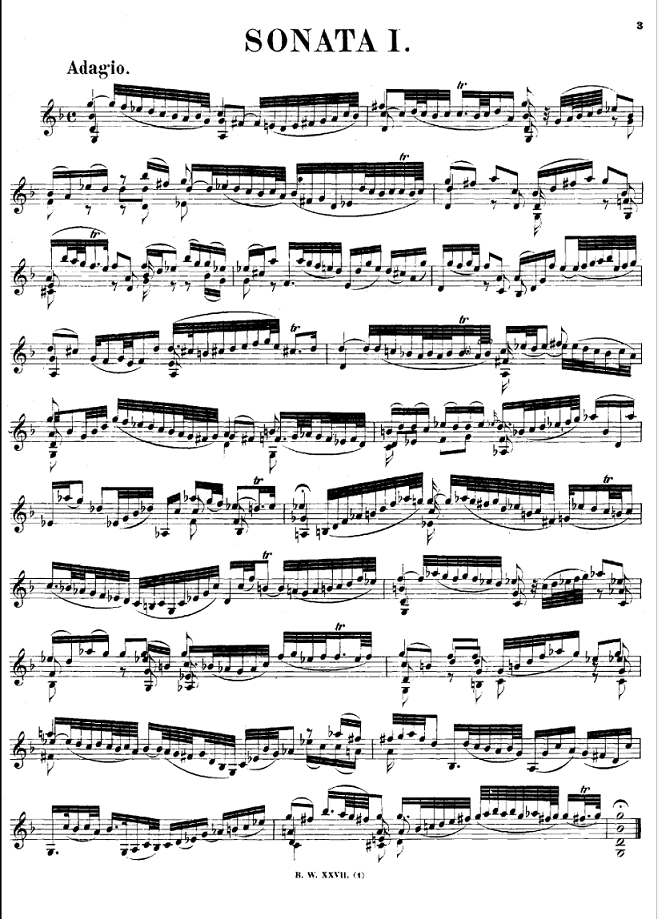
 RSS Feed
RSS Feed